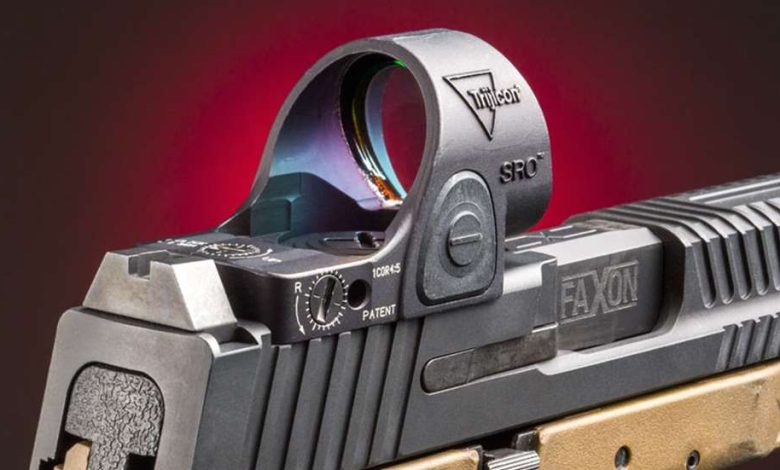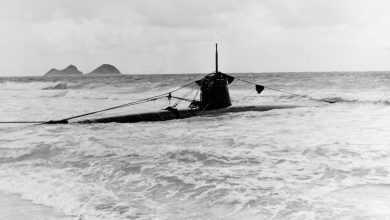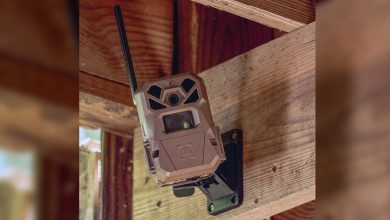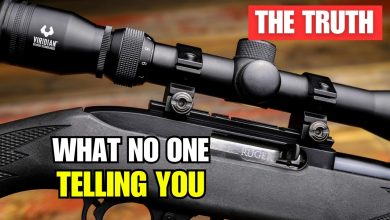The Once And Future Dot

The story of pistol-mounted red dot sights (RDS) begins with a rebellion against the constraints of iron sights. Competitive shooters in IPSC and USPSA during the late 1980’s and early 1990’s were the first to experiment, strapping oversized tube-style dots onto their handguns. They quickly realized that a single focal plane and bright aiming point shaved precious tenths of a second from transitions and split times. Still, it would take both miniaturization and proven reliability before optics could make the jump from competition “race guns” to practical carry pistols.
The lineage traces back to Aimpoint’s tube sights in the 1970s and then to early miniature reflex optics like the Docter and JPoint. Later, the Trijicon RMR and Leupold DeltaPoint each refined the formula—shrinking size, extending battery life, and hardening housings—bringing the concept closer to everyday carry.
A Revolution Begins
The revolution truly accelerated once pistol slides came optics-ready from the factory. Glock’s MOS series was the tipping point, mainstreaming the concept in both duty and concealed carry formats. By the 2019–2020 era, optics-ready models weren’t just niche; they were showing up across full-size and slimline platforms on the same shelves as their iron-sighted counterparts. That single manufacturing decision erased barriers for adopters and created a standardized aftermarket ecosystem of plates, screws, and torque specifications that allowed the industry to evolve at scale.
As red dots proliferated, lessons came hard and fast from real-world use. Open-emitter micro sights were faster and more precise than irons, but they could be compromised by rain, debris, or body fluid at the exact wrong moment. Trainers, evaluators, and agencies subjected them to brutal drop tests, temperature swings, and submersion trials, setting new standards for duty-grade durability. These collective lessons reshaped what shooters, agencies, and manufacturers considered acceptable for a pistol carried in harm’s way.
Aimpoint pioneered the ACRO, placing the emitter inside a sealed housing. This design birthed the modern closed-emitter micro pistol optic and established the now-common ACRO footprint.
The second-generation ACRO P-2 would further refine this idea, offering stronger battery performance, improved electronics, and even tighter sealing. It was no longer just about speed—it was about trust in the fight.
Let’s Get Small
Holosun introduced the EPS and EPS Carry, bringing sealed emitters and side-loading batteries to slimline pistols that often saw the harshest conditions—pocket lint, sweat, rain. Low deck heights paired with RMSc/K compatibility meant backup irons remained usable. For the first time, shooters carrying small single-stack and micro-double-stack pistols could enjoy the same confidence in their optics as duty-gun carriers.
Meanwhile, the open-emitter camp adapted rather than disappeared. Trijicon, with the proven track record of the RMR, engineered the RCR—an enclosed reflex sight that maintained the universal RMR footprint. By introducing a top-loading battery and an innovative clamp system, they bridged the gap between existing open-emitter ecosystems and the closed-emitter future, giving agencies a path forward without abandoning established gear and holster compatibility.
Standardization began to take shape. Instead of a confusing mess of footprints and mounting plates, three families emerged as dominant: the RMR footprint for full-size and duty guns, the RMSc/K footprint for micro pistols, and the ACRO footprint for enclosed designs. This consolidation stabilized holster options, mounting systems, and policy approvals across both civilian and law enforcement domains.
Institutional adoption followed hardware reliability. Once skeptical agencies began moving red dots from experimental programs to fully authorized duty equipment. Public policy documents and training protocols now treat optics as standard, not optional, and qualification courses are being rewritten to integrate dot-equipped pistols. The cultural shift, long slower than the hardware, has now caught up.
Performance realities have settled into consensus. Red dots deliver a single focal plane and a clear aiming point that is invaluable under stress and as shooters’ eyes age. They accelerate problem-to-trigger processing by simplifying visual demands. The trade-offs—learning to acquire the dot, dealing with lens occlusion, cleaning lenses—remain, but training, coatings, and technology like smarter brightness sensors have dramatically minimized the drawbacks. For shooters who commit to practice, the benefits far outweigh the costs.
A Wide Open Market
The market today is anchored by proven open-emitter designs, with a growing wave of enclosed options earning credibility. Examples such as Trijicon’s RMR remain the benchmark for duty-grade reliability, while Holosun’s HS507K and 507C have become modern staples by combining durability, compact form, and affordability. Trijicon’s SRO is a landmark for speed and rapid dot acquisition with its oversized window.
On the enclosed-emitter side, Aimpoint’s ACRO P-2 leads with verified duty testing—withstanding high round counts, submersion, and extreme environments—while the Steiner MPS provides another durable sealed option. Holosun’s EPS and EPS Carry extend the trusted 507K lineage into enclosed formats, offering added protection from dust, rain, and debris. Together, these optics define a market where “duty grade” is no longer a marketing tagline but a baseline expectation.
Looking ahead, two macro trends define the path forward. First, closed-emitter technology is becoming smaller and more affordable, trickling down from full-size to micro platforms and from premium pricing to broader accessibility. Second, the industry is consolidating around a few winning footprints, finally reducing the endless “plate of the month” problem that plagued early adopters. Future gains will likely be incremental: better glass coatings, more efficient emitters, smarter auto-adjust, and longer runtimes.
The pistol red dot industry has reached confident maturity. There are now reliable enclosed options for duty and concealed carry, proven open-emitter designs where size and weight still matter, and a universal acceptance that pistols are meant to host optics.
Choosing a red dot is no longer an experiment, it’s simply a matter of matching mission to hardware. What began as a competitor’s edge has become the everyday standard, and the best modern carry optics feel less like the future and more like the new normal.
Read the full article here









